Mastering for Latin Music
Quick Answer
Mastering for Latin Music is the process of preparing a Latin single, Ep, or Album for distribution. Mastering for Latin Music includes all of the typical forms of processing associated with mastering, but with an added emphasis on stereo imaging, transient and dynamic retention, and establishing a dominant mid-range.
Mastering for Latin Music in Detail
Saying that Latin music has a rich history is an understatement. Latin music is one of the few genres if not the only genre that values tradition as much as it aspires to progress.
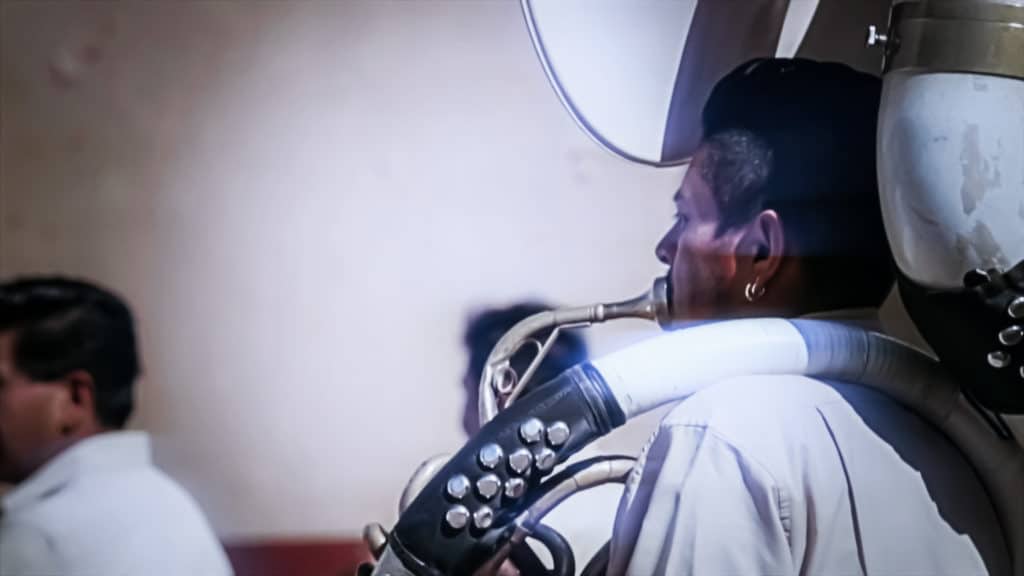
Latin music values both new sounds, and traditional sounds. This affects the composition of most Latin tracks.
By having one foot in the past with an eye on the future, Latin music accomplishes both a classic and modern sound, while being comprised of instruments as old and as modern as the genre itself.
When mastering a Latin track, an engineer may find him or herself processing both the modern timbres of electronic music and the classic timbres of guitarrones or maybe a Charango.
Similarly, the percussion might be electronic 808s and snare samples, or it can be the classic sounds of Timbales and Claves.

Mastering engineers will need to understand the timbres of a multitude of instruments, spanning a couple of centuries.
Whatever the case may be, a mastering engineer will need to be ready to augment the sounds of the new and old , while solidifying both in an impressively wide, yet equally present and forward style.
We’ll be covering how this is accomplished with various forms of processing, as well as detailing what makes a Latin music master sonically unique. We’ll also be covering some of the more technical aspects of mastering - including, but not limited to, how to make a master translate well to consumer-grade equipment.
If you have a Latin track that you’d like to hear mastered then send it to us here:
We’ll master it for you and send you a free sample for you to review.
How Dynamic Should a Latin Music Master Be?
Dynamics and transient detail play a significant role in creating an impressive and enjoyable sound for a Latin music master. When mastering Latin music, it’s best to keep your master as dynamic as possible, while still achieving an integrated LUFS of roughly -12; this makes compression an important topic.

How dynamic a Latin master should be, depends heavily on the sub-genre.
Considering that dynamics and transient retention directly tie into compression and dynamics-based processing , it only makes sense that we start by talking about compression.
The role of compression during mastering is crucial - as it determines the impact of your master while affecting the overall timbre of the track. When possible, it’s best to not use additional compression.
If a fair deal of compression was used during mixing or even during tracking, then additional compression may not be needed during mastering. Although many engineers may have the inclination to use compression regardless, it’s absolutely necessary to listen critically to a track prior to making that decision.
What’s interesting about Latin music is where the dynamics come from - in Latin music a fair deal of the dynamic range comes from the mid-range frequency spectrum.
This area is often heavily compressed in other genres, making it necessary for the dynamics to come from the low-frequency range.

In other genres, the mid-range can be compressed heavily, as other frequency ranges can provide the needed dynamics.
But in Latin music the majority of the energy is located in this mid-range, making it an incredibly important aspect of the genre.

In dance and hip-hop music, the low-frequency range holds a lot of power and dynamic presence.
The reason being, whereas other genres have instruments that vary greatly in their frequency response, the instruments used in Latin music are more closely related frequency wise.
The instruments used in Latin music are highly detailed in the mid-range and have been curated to fit together just right.
As a result, the mid-range of a Latin music master will often be the busiest. With that said, it’s best not to add further compression to the mid-range of a Latin master unless needed to augment the sound of the track.
How to Affect Your Latin Master’s Dynamics
If your Latin master needs more compression, you can use frequency-specific compression to control both the high and low range frequencies, while expanding the mid-range if needed.

Using a multiband compressor to expand the mid-range while compressing the low and high can be helpful.
You can also use frequency-specific transient shaping to increase the low-level signal of the mid-range. This way you increase the mid-range’s perceivability without truncating any transients or dynamics.
If you want to increase the intelligibility of the mid-range using transient shaping, here’s one method you can use.
Step 1: Create a bus send from your stereo master to a stereo auxiliary track. Set your send to unity ( 0dB ).
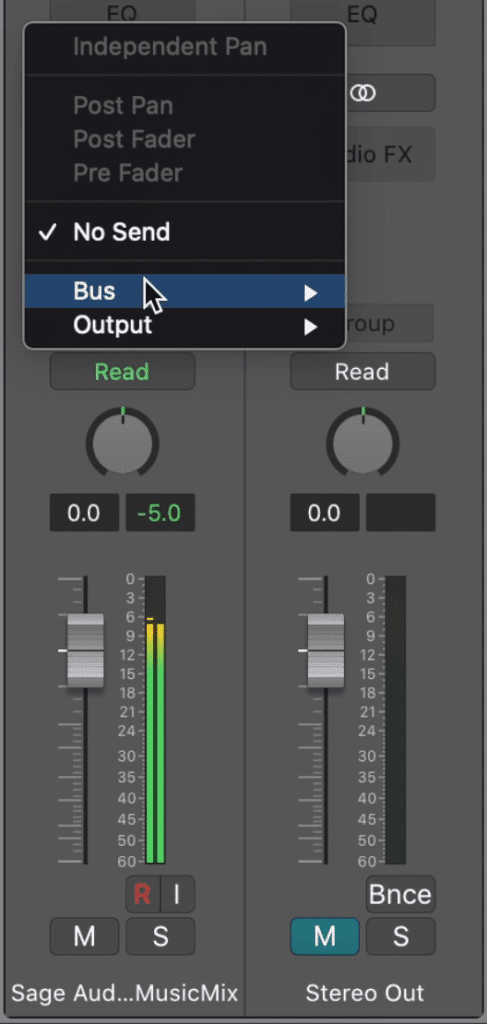
Create an auxiliary track via a bus send.
Step 2: On your new auxiliary track insert an equalizer. On your equalizer create both a high-pass and low-pass filter. This will isolate your mid-range.
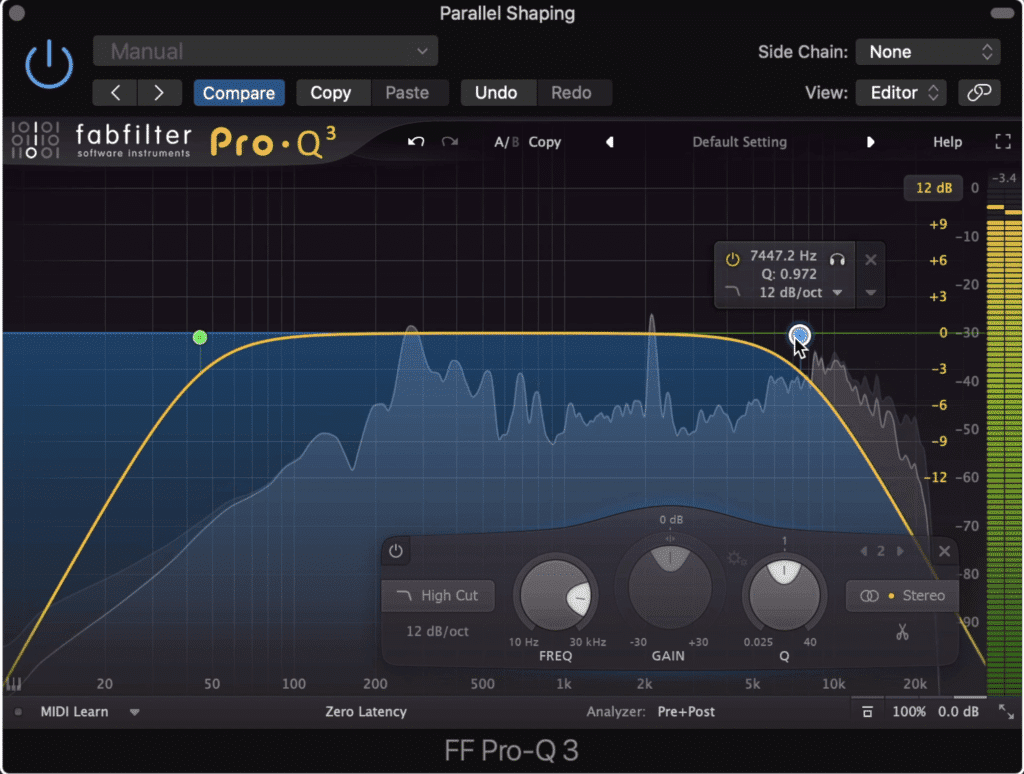
Insert an equalizer and isolate the mid-range.
Step 3: Insert a transient shaping plugin after your eq. This transient shaper will now solely affect your mid-range.

Insert this plugin or a similar one after your eq. Now, it will only affect the mid-range of the master.
Step 4: Increase the sustain of your mid-range using the sustain function. This will amplify the quieter aspects of the mid-range while keeping the transient detail intact.
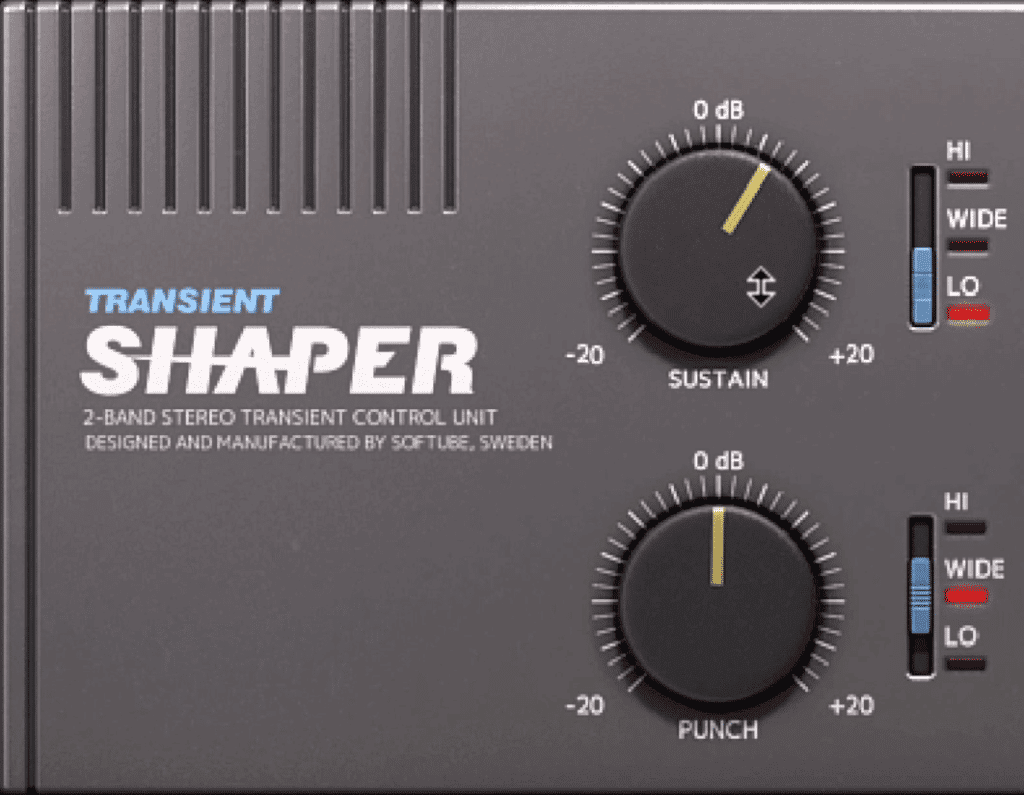
Increasing the sustain function will increase the sustain of the mid-range.
This method is a great way to affect your master’s mid-range in a positive way. Instead of using compression that will affect the transients and more aggressively alter your dynamics, use this method to create a more impressive mid-range.
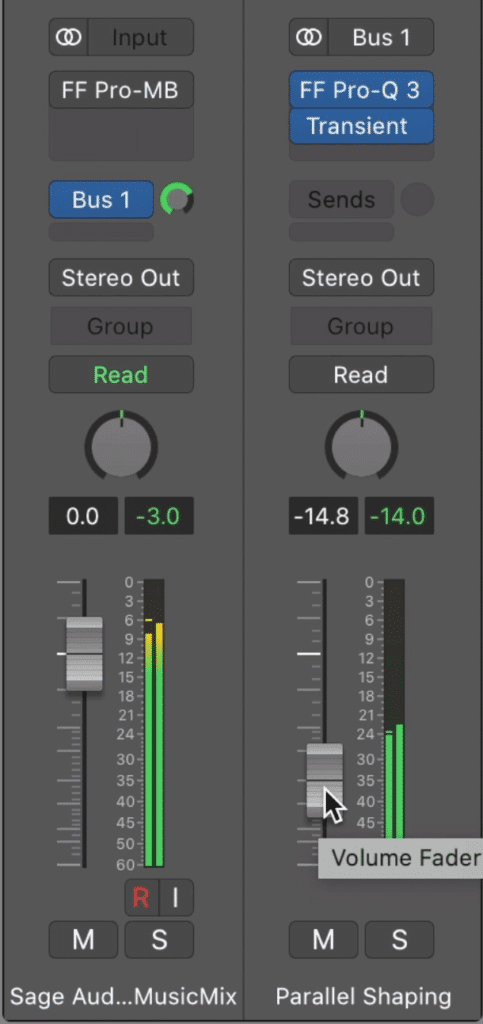
Blend the signal back in with your original signal.
If you’d still rather use typical compression, then try a frequency-specific or multi-band compressor like the FabFilter MB. This way you can control various frequency ranges instead of compressing uniformly across your entire frequency spectrum.
Additionally, you can use a multi-band compressor to apply expansion to your mid-range if needed.

If you still want to compress, a multiband compressor is a better, more accurate option.
So just to recap, here are some ways to establish a more dynamic Latin music master:
- Use less compression or no compression if it isn’t needed
- Use frequency-specific transient shaping via a parallel auxiliary track
- Use frequency-specific compression and expansion via a multi-band compressor
If you’d like to learn more about mastering something in a dynamic way, check out our blog post and video on the topic:
It showcases various techniques for making a master more dynamic, and how certain compressor settings are more conducive to creating a dynamic master.
How Loud Should my Latin Music Master Be?
The loudness of Latin music masters vary, depending on the style of the Latin music - for example, Latin music that includes hip-hop elements will typically be mastered louder, whereas more traditional Latin music will have a lower integrated LUFS. A good range is -14 LUFS to -8 LUFS.

How loud a Latin master should be also depends on the sub-genre.
The sub-genre of a Latin music master will heavily determine how loud it should be mastered. Also, similar to what we were discussing before, how dynamic the master should be will also determine its loudness.

Traditional Latin music is often mastered much quieter than modern pop, hip-hop, or EDM based Latin music.
For example, a more traditional Latin track gets its dynamics from the mid-range. As a result, less limiting can be used if you want to retain these dynamics.
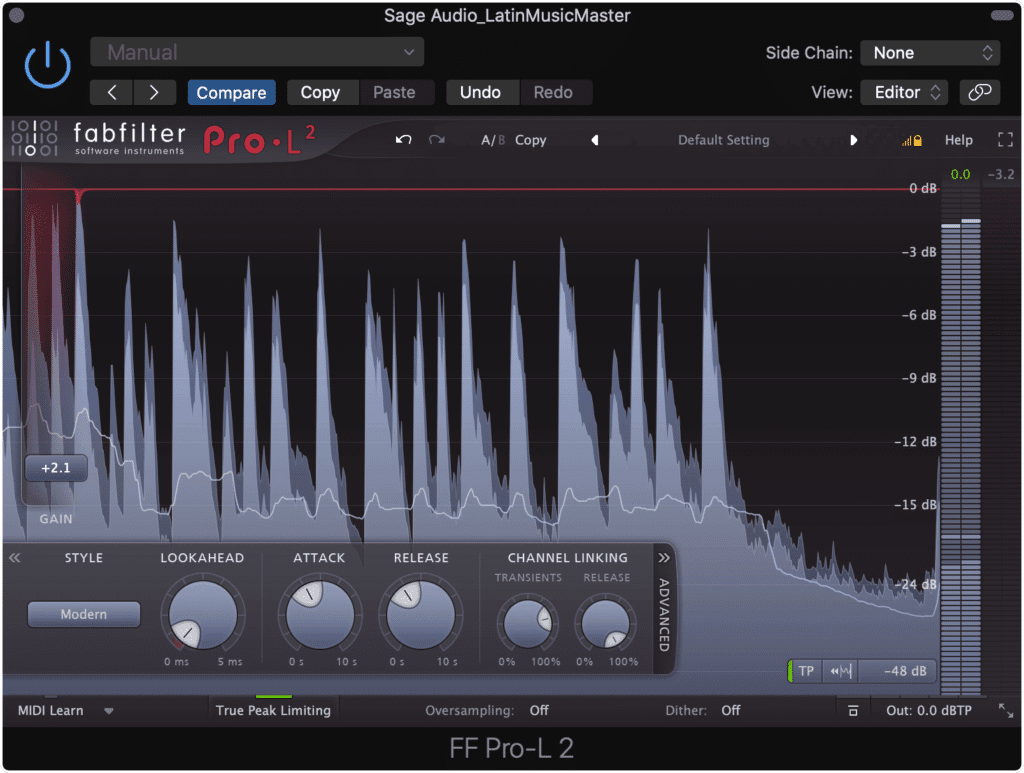
A traditional Latin track will need less limiting, resulting in a quieter master.
Subsequently, the master will be quieter.
But when it comes to a Latin track that is heavily influenced by electronic music, or maybe hip-hop, there will be more powerful instruments in the low and high-frequency range.

Latin tracks with a powerful low-end can be limited more and still keep some of their dynamics.
These instruments, especially 808’s and other significantly loud low-frequency instruments will keep their dynamics even when heavily limited. This will allow you to use more limiting, in turn making a louder overall master.
The loudness you choose also has a lot to do with listener expectations. If a listener has become accustomed to hearing a certain genre loud, then providing the opposite may be an off-putting scenario for them.

Listener expectation plays a huge role in how loud a master should be.
For example, if you were to master a traditional Latin track at -8 LUFS, this will definitely be louder than the norm. This will, more likely than not, be met with both confusion and distaste from any listeners of the master.

If the loudness of a track is drastically different than what they're used to, it may be offputting.
With that said, keep the sub-genre with which you’re working in mind when determining the loudness of a master.
The best way to find out the loudness of your track is to simply use a loudness meter. Some of these meters can also show you the loudness range of your master, making it easier to determine how dynamic your master is.
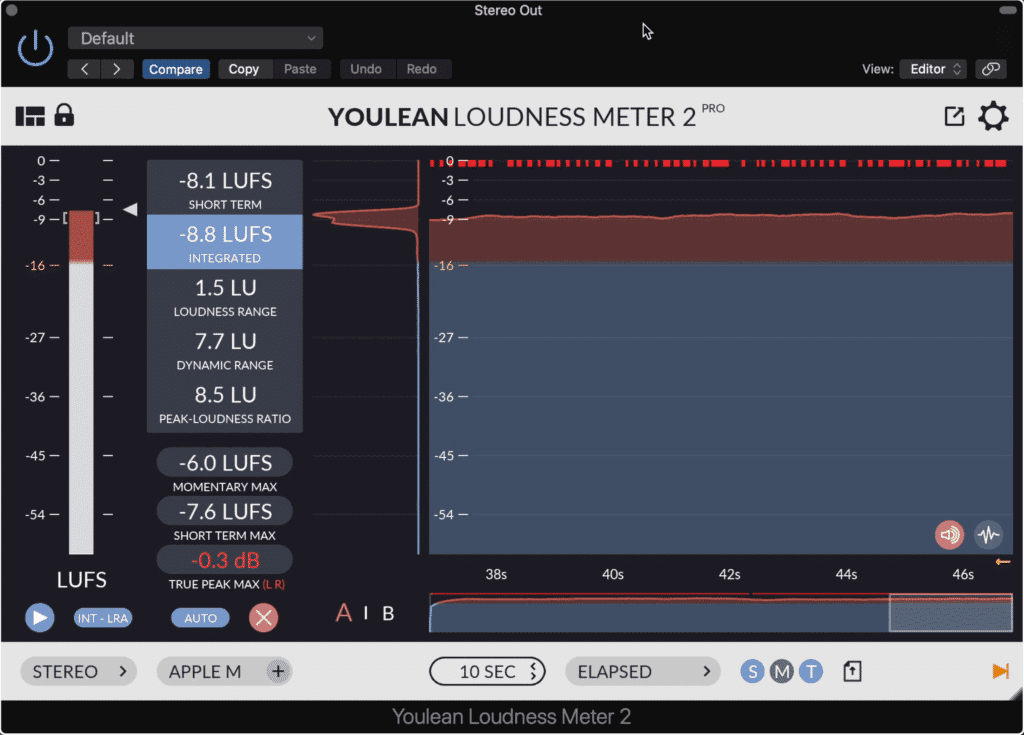
You can use a loudness meter to monitor the loudness of your master or mix.
To recap, here is how to determine the right loudness for your Latin music master:
- Consider the sub-genre and how the instrumentation lends itself to a loud or quiet master
- Consider listener expectation and how it impacts the expected loudness of a master
- Use a loudness meter and monitor both the integrated LUFS and the loudness range
If you’d like to hear a mix you’re working on mastered to just the right loudness for its genre, send it to us here:
We’ll master it for you and send you a free mastered sample.
How Wide Should my Latin Music Master Be?
Latin masters are typically wider than other masters of a similar genre - yet they still have a very forward and impactful center image. This suggests that although Latin music masters are wide, they primarily occupy the center 90-degree stereo image, as opposed to the 180-degree image.
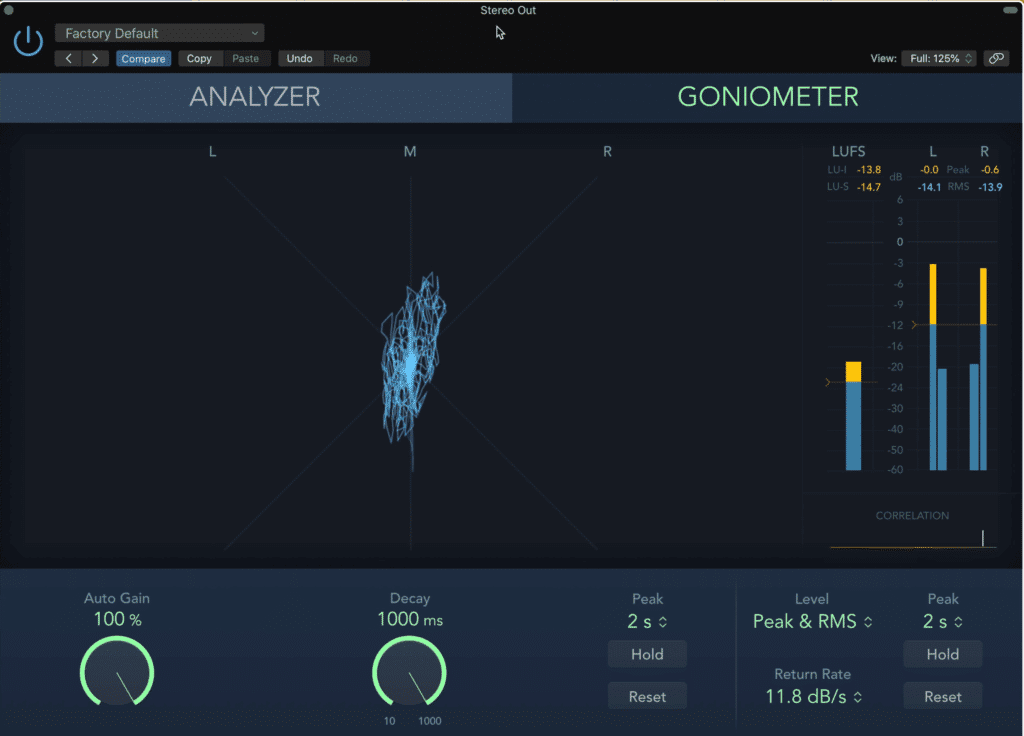
Shown above is the stereo image of a Latin Master. Notice that it is wide, but doesn't expand much farther than the 90-degree stereo field.
By examining the spectrograph of a Latin music master, we’ll notice that the majority of the energy is located within the first 90-degree stereo image - but, it is wider within that field than in most other masters.
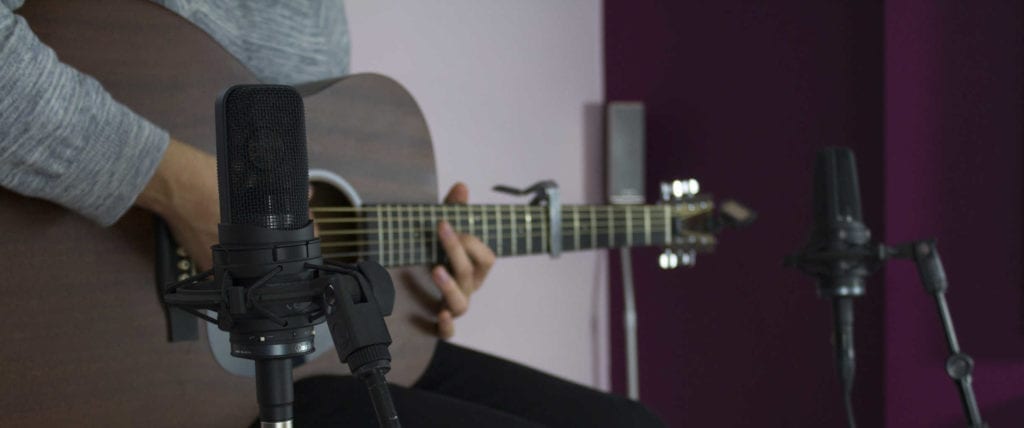
The majority of stereo imaging in Latin music occurs during tracking. A spaced pair technique will cause stereo widening.
The reason being, Latin music often employs spaced pair microphone techniques to record various aspects of the band. When this mic technique is used, slight timing and amplitude variations between the signals (also known as phase relations) cause the signal to spread farther into the 90 and 180-degree stereo field.

Phase cancellation is at the heart of all stereo widening.
That said, additional expansion of this image doesn’t occur during mixing or mastering, in turn, making the image wider, but not significantly wide within the 180-degree stereo field.
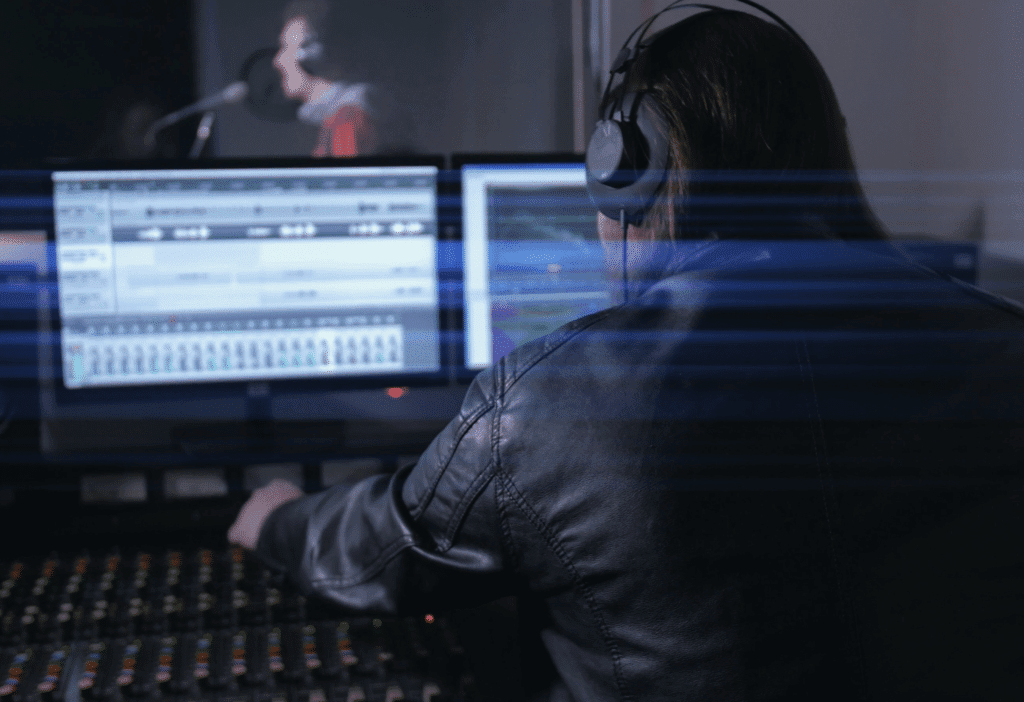
Stereo widening will occur in mixing with panning, but delay-based widening should be avoided for the most part.
All this to say that the majority of stereo imaging in Latin music occurs during the tracking session, and is augmented during mixing via traditional panning. Additional delay-based stereo imaging isn’t terribly common, and more times than not, shouldn’t be used during a mastering session.
If you do want to widen your Latin music master then you can use mid-side imaging to affect the stereo width of your signal. Although mid-side processing does employ delay to separate the signal into ‘Mid’ and ‘Side’it doesn’t cause the significant phase cancellation that occurs during other delay-based widening techniques.

Mid-side equalization is a good way to widen your stereo image.
If you want to widen your Latin music master using mid-side processing, simply insert a mid-side equalizer and amplify the side image. You can also increase the amplitude of the side image or decrease the amplitude of the mid image via the equalizer’s output.
If you’d like to measure the wideness of your Latin music master, you can use a multimeter or a stereograph to determine it’s wideness. With these tools, you’ll notice that the stereo field is 180 degrees in total - but the majority of sonic energy remains in the first 90 degrees.
By keeping the image with the 90-degree field you retain the dynamic impact of the track while keeping the image impressively wide.
To recap, here is some helpful info about widening a Latin music master:
- Latin music is wider than other genres, but this widening mainly occurs in the 90-degree stereo field
- You shouldn’t use excessive widening during mastering
- You can use mid-side equalization to subtly widen your Latin music master
- Avoid delay-based widening plugins or tools, as these will make the image too wide
If you’d like to learn more about stereo imaging, check out our blog post on the topic:
It showcases various ideas about stereo imaging and shows creating a wider stereo imaging during tracking, mixing, and mastering.
Making a Latin Music Master Sound Good on Consumer-Grade Equipment
You can make your Latin music master sound great on consumer great equipment by ensuring the stereo imaging stays primarily within the 90-degree stereo field, and by making it louder than an integrated -16 LUFS. These factors will make the master adhere to the technical limitations of most equipment.
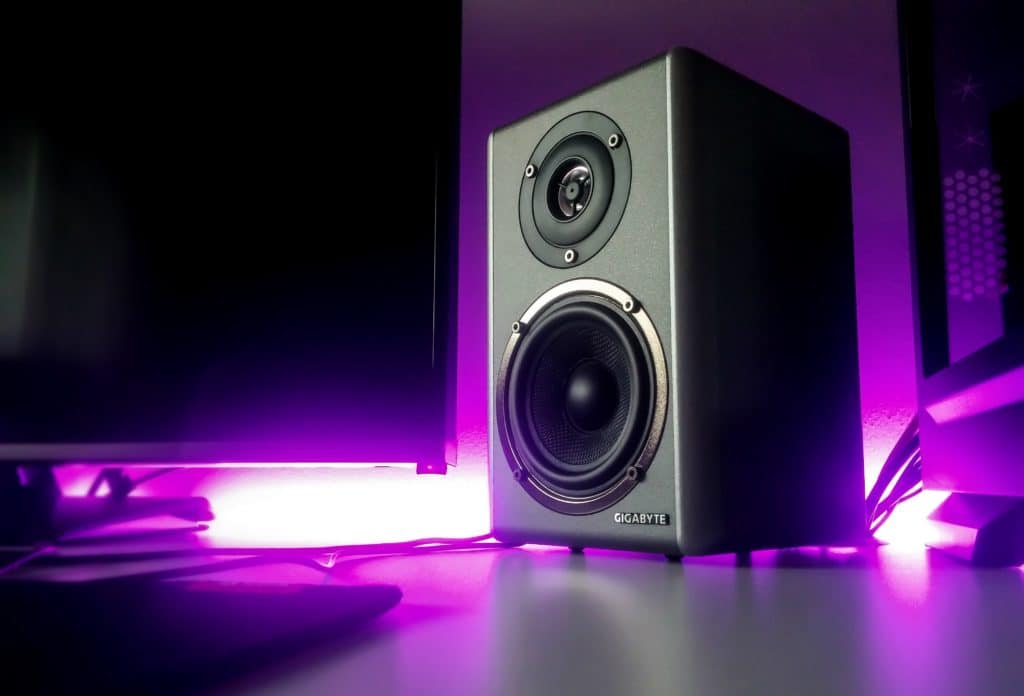
The speaker system of listeners needs to be kept in mind when mastering.
A couple of things to know about consumer-grade equipment is that it’s noisier than professional equipment, and it can’t handle as wide of an image.
With that said, you’ll need to make your master loud enough to cover the noise floor of consumer-grade amplifiers. If you make your master too quiet, listeners will need to turn up the music, in turn increasing the distortion and noise imparted onto the signal via the amplifier.
If you make your master loud enough, listeners can listen to the music at a comfortable level, without having to turn up the amplifier significantly.
Just as important is the potential wideness a consumer-grade stereo system can handle. Mastering engineers need to remember that a fair deal of listeners still use a mono listening system to playback their music.
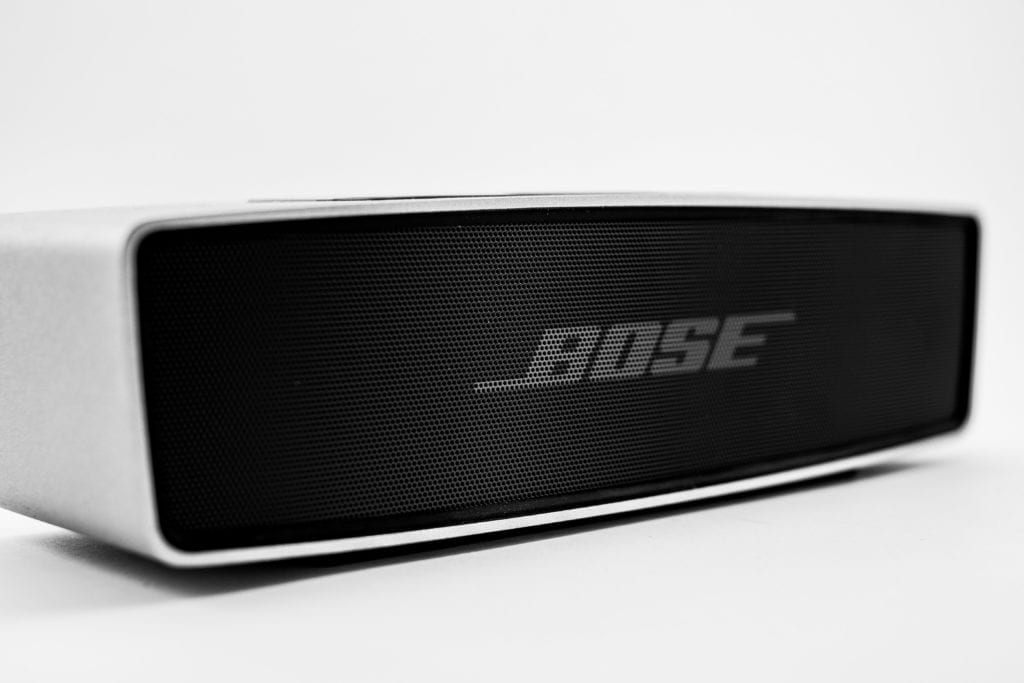
If a speaker system is mono, then wide signals won't be replicated during playback.
This means that any imaging that expands wider than the mono image will be lost to these listeners.
By keeping the image within the 90-degree stereo field, and by keeping a fair deal of the energy mono, we minimize the amount of the signal lost on a mono playback system.
To recap, making a Latin music master sound good on consumer-grade equipment includes:
- Making a master loud enough to cover the noise of a low-grade amplifier
- Making a master mono-compatible, so that signal isn’t lost
If you'd like to learn more about loudness, check out our blog post on the topic:
It gives a good indication of how loud a mix and master should be.
Conclusion
Mastering Latin music is a unique process for a unique genre. Latin music doesn’t strictly adhere to one type of instrumentation, and often blends instruments from various genres and from various points in musical history.
With that said, there are some important things to keep in mind when mastering the genre:
A Latin master should be dynamic. This means that compression should be avoided when possible.
Instead, it may be beneficial to create an auxiliary send and use parallel transient shaping instead of compression - additionally, you can use a multi-band compressor for both frequency-specific compression and expansion.
A Latin master’s loudness truly depends on the music’s sub-genre. If the Latin track is more closely related to hip-hop, it’s appropriate to master the track louder.
If the Latin track is more closely related to traditional Latin music, then a quieter master of roughly -16 to -12 LUFS is appropriate.
The majority of stereo widening that occurs during a Latin music master occurs during tracking via stereo mic placements.
If you do want to cause additional widening during, it’s best to use mid-side processing instead of delay-based stereo widening.
If you have a Latin track that you’d like to hear mastered, send it to us here:
We’ll master it for you and send you a free sample for you to review.
Do you make or master Latin music?




